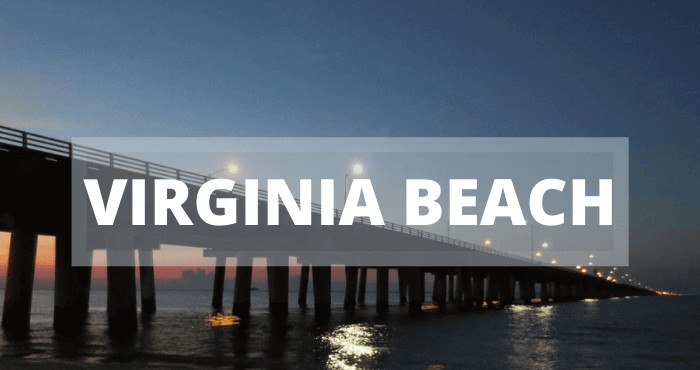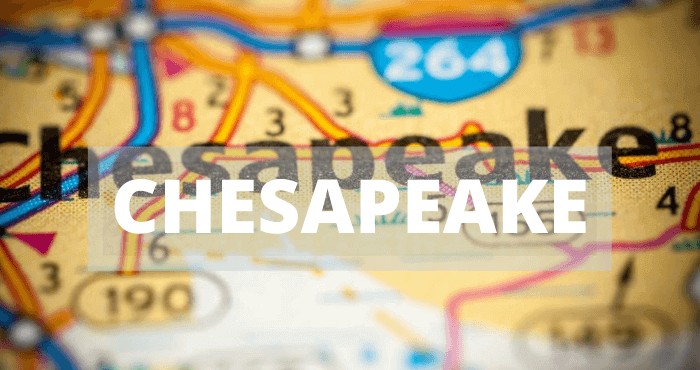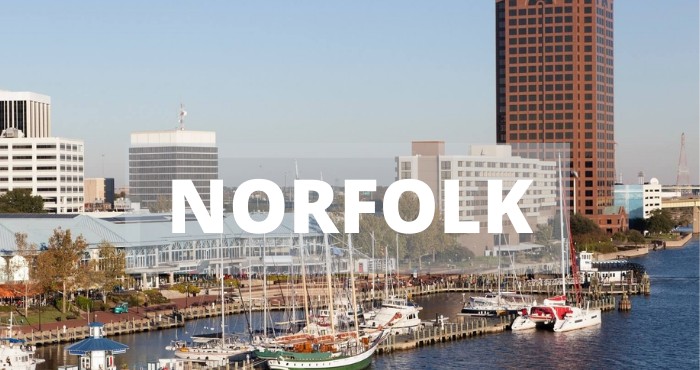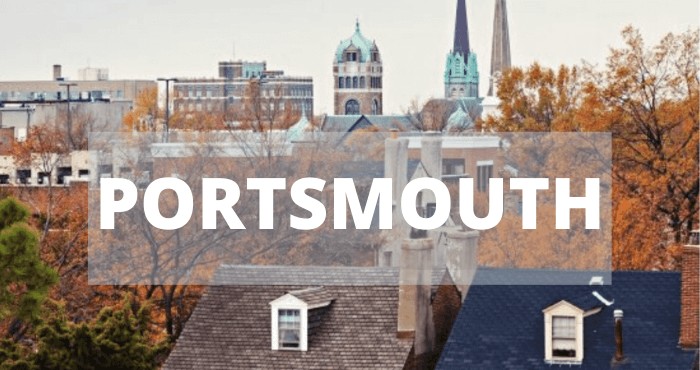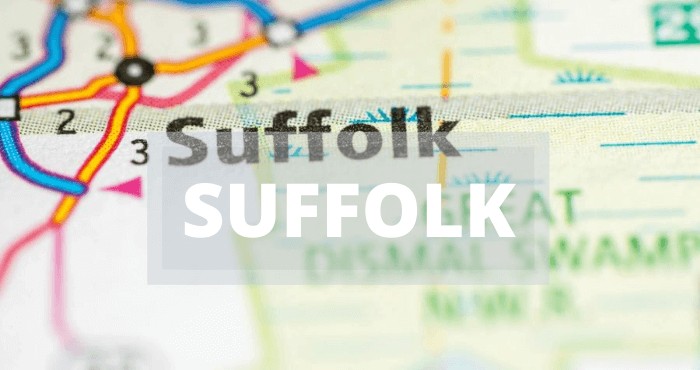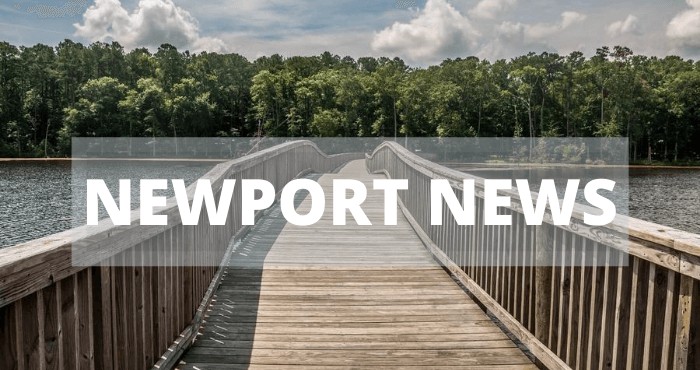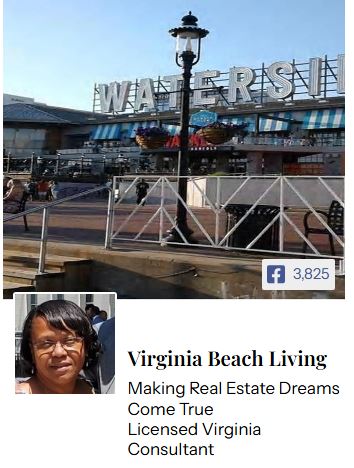Are you looking for homes for sale in Suffolk, Virginia? If so, finding the perfect house online that meets your wants and needs takes more than just a home search.
Buying a Home in Suffolk, Virginia
If you’re excited to purchase a home in Suffolk, Virginia, our friendly team is here to make your home search and buying experience as stress-free and rewarding as possible! Our goal is to handle all the details so you can enjoy the process without any hassles. We’ll ensure you don’t miss out on any properties that fit your needs and keep everything running smoothly, saving you both time and money. Have questions? Don’t hesitate to reach out—we’re here to assist you every step of the way!
Thinking of selling or buying a Suffolk home?
If you’re considering selling your home in Suffolk, Virginia, our team uses the latest cutting-edge real estate marketing tools to showcase your property to a wide range of potential buyers. With a mix of social media and traditional marketing strategies, we’ll help ensure your house stands out and sells quickly at the best price! Plus, we’ll negotiate on your behalf to secure the best terms possible, allowing you to focus on what really matters—moving! Contact us today to get started!
Welcome to Suffolk!
A Unique Gem in Hampton Roads
Suffolk is nestled in the Hampton Roads metropolitan area, which is home to other great cities like Chesapeake, Hampton, Newport News, Norfolk, Portsmouth, and Virginia Beach, along with some charming smaller towns. With miles of waterfront along the Nansemond and James River, Suffolk truly offers some beautiful views! The city as we know it today came to be in 1974 when it consolidated with Nansemond County and the towns of Holland and Whaleyville.
A City with Character
Independent and Sprawling
Suffolk is an independent city in the Commonwealth of Virginia. As of the 2014 census, the city had an estimated population of 86,806 residents. Fun fact: it’s the largest city by area in Virginia and ranks as the 14th largest city in the entire country! Whether you’re looking for a cozy neighborhood or a spacious home with room to grow, Suffolk has a bit of everything to offer!
Thinking of selling or buying a Suffolk home?
A Look Back: The History of Suffolk
Founding and Early Days
Suffolk was founded by English colonists in 1742 as a bustling port town on the Nansemond River in the Virginia Colony. It started out as Constant’s Warehouse, named after John Constant, but was later renamed Suffolk after Royal Governor William Gooch’s hometown in Suffolk, a county in East Anglia, England. Long before the English arrived, indigenous tribes, including the Nansemond Indians, had lived in the area for thousands of years.
Growth and Development
A Gateway for Transportation
During its early years, Suffolk became a land transportation gateway for areas to the east in South Hampton Roads. Before the American Civil War, significant railroads like the Portsmouth and Roanoke Railroad and the Norfolk and Petersburg Railroad were established, laying the groundwork for modern-day rail systems operated by CSX Transportation and Norfolk Southern. After the war, other railroads and major highways were developed, further connecting Suffolk.
Incorporation and Changes
Suffolk officially became an incorporated town in 1808 and transitioned to a city in 1910, detaching from Nansemond County. However, it continued to serve as the county seat until 1972, when Nansemond County became an independent city. In 1974, Suffolk and Nansemond merged into one, retaining the name and charter of Suffolk.
Local Industry and Culture
Peanuts: A Local Staple
One standout aspect of Suffolk’s history is its peanut industry. The fertile surrounding areas made it an ideal location for peanut farming, and Planters’ Peanuts was founded in Suffolk in 1912. The city proudly claims to be the ‘birthplace’ of Mr. Peanut, the beloved mascot of Planters. In fact, for years, the local AM radio station WLPM even boasted that its call letters represented the world’s largest peanut market!
Suffolk’s rich history showcases its growth from a port town to a vibrant city, embracing both its agricultural roots and transportation legacy.
Demographics
As of the 2020 Census, Suffolk has a population of 93,570 people, living in 36,698 households and 24,367 families. The population density is approximately 172.6 people per square mile (66.6/km²). There are 38,083 housing units, translating to an average density of 70.4 per square mile (27.2/km²).
Racial Makeup
The racial composition of Suffolk is as follows:
- 48.2% White
- 40.7% Black or African American
- 0.3% Native American
- 1.7% Asian
- 0.1% Pacific Islander
- 6.0% from other races
- 3.0% from two or more races
- Hispanics or Latinos of any race make up 6.7% of the population.
Households
Out of the 36,698 households, 35.4% have children under the age of 18 living with them. 55.2% are married couples living together, while 14.1% have a female householder with no husband present. Approximately 25.4% of households are non-families. 19.8% of all households consist of individuals, and 8.5% have someone living alone who is 65 years of age or older. The average household size is 2.51, and the average family size is 3.03.
Age Distribution
The population distribution by age is as follows:
- 24.4% under the age of 18
- 8.0% from 18 to 24
- 29.2% from 25 to 44
- 23.4% from 45 to 64
- 15.0% who are 65 years of age or older
The median age in Suffolk is 38.6 years. For every 100 females, there are 91.8 males, and for every 100 females age 18 and over, there are 87.4 males.
Income and Poverty
The median income for a household in Suffolk is $54,672, while the median income for a family is $65,602. Males have a median income of $53,235 compared to $39,362 for females. The per capita income for the city is $25,918. Approximately 9.6% of families and 11.9% of the overall population live below the poverty line, including 18.2% of those under age 18 and 8.5% of those who are 65 or older.
Suffolk continues to thrive with its growing population and evolving economy, making it an attractive place to live and work in South Hampton Roads.
Education in Suffolk
Suffolk Public Schools
Suffolk is proud of its local public school system, which includes 12 elementary schools, four middle schools, three high schools, and one alternative school! Education is a top priority here, and you’ll find plenty of opportunities for children to learn and grow. Additionally, Nansemond-Suffolk Academy, a private college preparatory school located on Pruden Blvd, offers families another excellent educational option.
Getting Around: Transportation in Suffolk
Bike Trails
If you love getting out on your bike, Suffolk has some fantastic bike trails! The Dismal Swamp National Wildlife Refuge offers dozens of miles of trails accessible via White Marsh Road, making it a beautiful place to ride. Lone Star Lakes City Park off Godwin Blvd features over 4 miles of rock trails. Plus, there are plenty of light-traffic rural roads perfect for road riding. For a little adventure, head over to adjacent Smithfield, where you can find a bike loop at Nike Park!
Waterways
Suffolk’s location is special—it was originally established as a port at the head of navigation on the Nansemond River. This river flows into the James River, giving Suffolk access to the ice-free harbor of Hampton Roads.
Railroads
Suffolk has a rich railway history. The two railroads established before the Civil War were joined by four more throughout the years. Though Amtrak’s Mountaineer service ended in 1977, Suffolk has transformed its Suffolk Station into a cool railroad museum. Today, the city is served by three freight railroads, and there’s talk of high-speed passenger rail service between Richmond and South Hampton Roads!
Highways and Bridges
Suffolk is conveniently served by U.S. Highways 17, 13, 58, 258, and 460, along with Interstate 664, which crosses the northeastern edge of the city. You’ll also find State Route 10 as a major local thoroughfare. In 2006, Suffolk took over its own road system from the Virginia Department of Transportation, allowing locals to better manage their streets.
The Monitor–Merrimac Memorial Bridge-Tunnel connects Suffolk to Newport News and is a critical part of the Hampton Roads Beltway. Completed in 1992, this bridge-tunnel system provided another major vehicle crossing over the Hampton Roads harbor.
Thriving Economy
Peanut Processing and More
In modern times, Suffolk remains bustling as a significant peanut processing center and a transportation hub for railroads and highways. It has a diverse range of businesses, from industrial and manufacturing to retail and hospitality. Notably, Planters’ Peanuts has been a major local employer since it was established in 1912, playing a key role in the city’s economy.
Suffolk hosts an annual Peanut Fest, celebrating this tasty staple every fall since 1977! Other large employers include recognizable names like Unilever, Wal-Mart, Target, and QVC. The local high-tech scene is bolstered by companies like Lockheed Martin and Raytheon, both of which contribute to the economy significantly.
The Impact of JFCOM
Suffolk has experienced ups and downs in its economy, particularly with the U.S. Joint Forces Command (JFCOM) facility nearby. Though it grew to employ numerous defense contractors, it was disbanded in 2011, raising concerns about the local economy. However, many functions remained in the area, and new commands like Naval Network Warfare Command have moved in, bringing around 1,000 additional employees and a substantial boost in the local payroll.
Suffolk is an exciting place to live, work, and explore, with a focus on community, education, and a strong economy!
Thinking of selling or buying a Suffolk home?
HAMPTON ROADS CITIES
